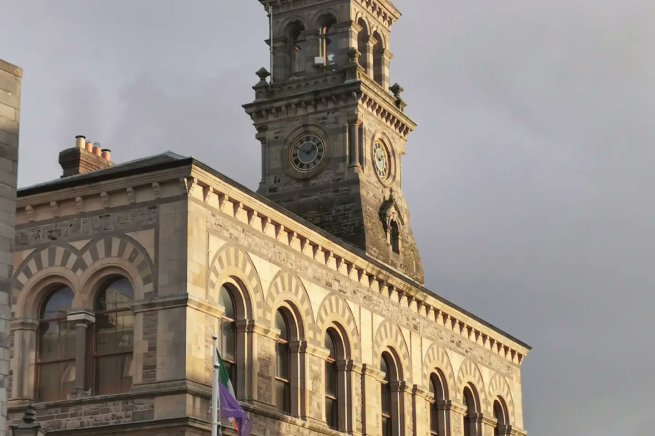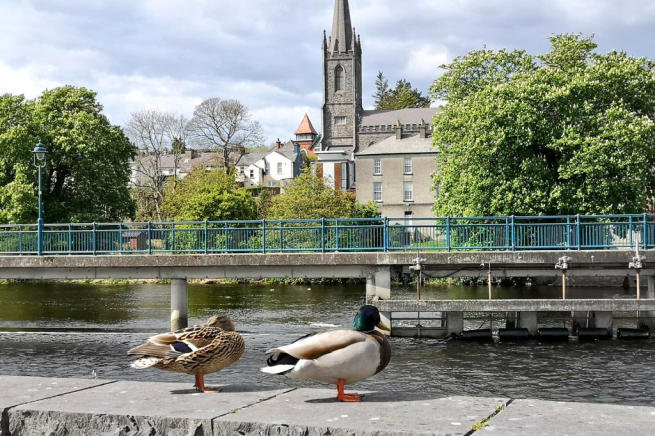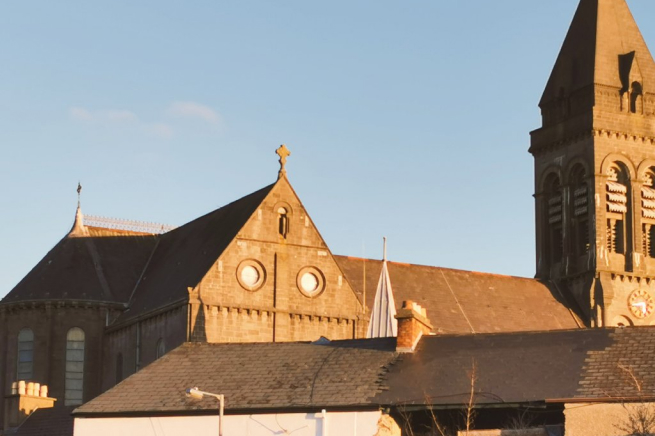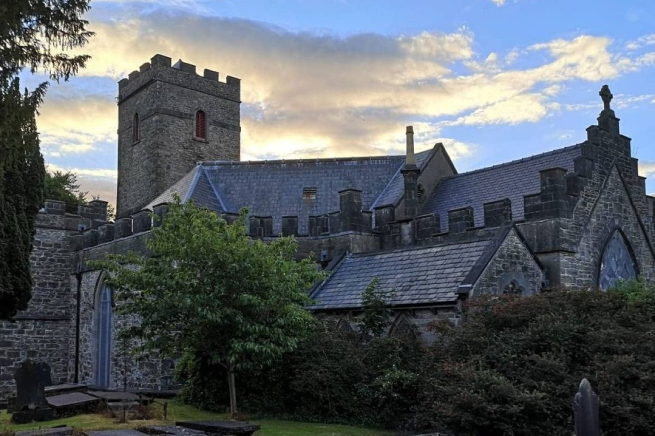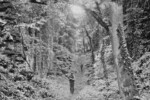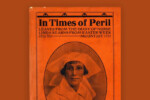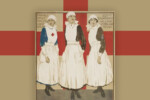
Rediscovering Charlotte Stoker: The Woman Behind Dracula’s Inspiration And Her Enduring Legacy
As we celebrate International Women’s Day, it’s worth remembering a remarkable Sligo woman whose life was marked by courage, intellect, and a passion for social reform. Charlotte Mathilda Blake Thornley Stoker—born in Ballyshannon, County Donegal, in 1818—lived a life dedicated to religious piety, advocating for social justice and providing literary inspiration for her famous son, Bram Stoker, author of Dracula.
Charlotte grew up in Sligo town, where her family settled on Old Market Street. At just fourteen, she experienced the harrowing Cholera epidemic that struck Sligo. The tragedy and turmoil she witnessed left an indelible impression, and later, she shared vivid accounts of those days with her children. One of her written descriptions was so compelling that Bram drew upon it for his short stories and scenes in Dracula, capturing a chilling realism inspired by his mother’s memory.
A vivacious and ambitious woman, Charlotte became a frequent visitor at Longford House in Beltra, County Sligo, where she likely served as a tutor to the Crofton family. The estate was a hub for those in literary and musical circles, offering Charlotte an opportunity to mingle with influential thinkers and artists. She carried this intellectual engagement forward, not only for her family’s benefit but also in her own pursuits.
Known as a social reformer, Charlotte advocated for the rights and education of the deaf community and spoke out on the need for better training opportunities for women in domestic service. She gave talks and penned papers on these topics, addressing the limited support for the deaf and advocating for the emigration of young women from workhouses to pursue better opportunities abroad.
In 1844, Charlotte married Abraham Stoker, a civil servant, in Coleraine, Derry. They moved to Dublin, where they raised their seven children. By the 1870s, the family relocated to Europe to live more economically on Abraham’s pension. After Abraham’s death in 1876, Charlotte returned to Dublin and spent her final years with her daughter, as her eyesight gradually declined. She passed away in 1901, aged 83, and was laid to rest in Mount Jerome Cemetery.
Charlotte’s legacy endures not only through her family’s contributions but also through the Charlotte Stoker Fund recently established at the Rotunda Hospital. This fund supports vital research on the prevention of acquired deafness in vulnerable newborns—a cause that reflects Charlotte’s lifelong dedication to the welfare of the deaf community. In an exciting recent development, Brian Cleary, an amateur researcher and Bram Stoker enthusiast, uncovered a long-lost short story by Stoker titled Gibbet Hill. This discovery has led to the publication of a new book, Bram Stoker – Gibbet Hill, which features not only this rare story but also an 1862 paper written by Charlotte Stoker advocating for the education of deaf children, originally presented to the Dublin Statistical Society.
For those inspired by Charlotte’s life, you can explore more about her and Sligo’s cholera history on the Sligo Dark Tales walking tour or the Stoker Tour which delves deeper into the connections between her life, her work, and Bram Stoker’s iconic novel. Visit the Sligo Stoker Society website to read more about her enduring influence and discover the stories behind the inspiration for Dracula.
Note: This blog post was originally published online in March 2019, republished in 2024 with an update on the Charlotte Stoker fund.
Sources:
Experiences of Cholera by Charlotte Stoker, (Caen, 1873).
Dennis McIntyre, Bram Stoker and the Irishness of Dracula (Shara Press, 2013).
Harry Ludlam, A biography of Dracula, The life story of Bram Stoker (W. Foulsham & Co. Ltd, 1962).
Sligo Champion, 25 April 2012
BuildingsofIreland.ie
Wellcome Collection
BramStokerEstate.co
Bram Stoker Festival – Long-lost-bram-stoker-story-resurfaces


